- Home
- Robert Silverberg
Starman's Quest
Starman's Quest Read online
Produced by Greg Weeks, Stephen Blundell and the OnlineDistributed Proofreading Team at https://www.pgdp.net
Starman's Quest
BOOKS BY ROBERT SILVERBERG
_Starman's Quest_ _Revolt on Alpha C_ _The Thirteenth Immortal_ _Master of Life and Death_ _The Shrouded Planet_ (with Randall Garrett) _Invaders from Earth_
Starman's Quest
_by_
ROBERT SILVERBERG
GNOME PRESS [Device]
HICKSVILLE, N. Y.
Copyright 1958 by Robert Silverberg
_First Edition. All Rights Reserved_
_This book, or parts thereof, may not be reproduced in any form without permission, except for brief quotations in critical articles and reviews._
Library of Congress Catalog Card Number: 58-8767
MANUFACTURED IN THE U.S.A.
Transcriber's Note:
Extensive research did not uncover any evidence that the U.S. copyright on this publication was renewed. Minor spelling and typographical errors have been corrected without note. Variant spellings have been retained.
_Author's Preface_
This was my second novel, which I wrote when I was 19, in my junior yearat Columbia. I've written better ones since. But readers interested inthe archaeology of a writing career will probably find much to explorehere.
Robert Silverberg 17 May 2008
FOR BILL EDGERTON
1933-1956
_Prologue_
The Lexman Spacedrive was only the second most important theoreticalaccomplishment of the exciting years at the dawn of the Space Age, yetit changed all human history and forever altered the pattern ofsociocultural development on Earth.
Yet it was only the _second_ most important discovery.
The Cavour Hyperdrive unquestionably would have held first rank in anyhistorical assessment, had the Cavour Hyperdrive ever reached practicaluse. The Lexman Spacedrive allows mankind to reach Alpha Centauri, theclosest star with habitable planets, in approximately four and a halfyears. The Cavour Hyperdrive--if it ever really existed--would havebrought Alpha C within virtual instantaneous access.
But James Hudson Cavour had been one of those tragic men whosepersonalities negate the value of their work. A solitary, cantankerous,opinionated individual--a crank, in short--he withdrew from humanity todevelop the hyperspace drive, announcing at periodic intervals that hewas approaching success.
A final enigmatic bulletin in the year 2570 indicated to some thatCavour had achieved his goal or was on the verge of achieving it;others, less sympathetic, interpreted his last message as a madman'swild boast. It made little difference which interpretation was accepted.James Hudson Cavour was never heard from again.
A hard core of passionate believers insisted that he _had_ developed afaster-than-light drive, that he had succeeded in giving mankind aninstantaneous approach to the stars. But they, like Cavour himself, werelaughed down, and the stars remained distant.
Distant--but not unreachable. The Lexman Spacedrive saw to that.
Lexman and his associates had developed their ionic drive in 2337, afterdecades of research. It permitted man to approach, but not to exceed,the theoretical limiting velocity of the universe: the speed of light.
Ships powered by the Lexman Spacedrive could travel at speeds justslightly less than the top velocity of 186,000 miles per second. For thefirst time, the stars were within man's grasp.
The trip was slow. Even at such fantastic velocities as the LexmanSpacedrive allowed, it took nine years for a ship to reach even thenearest of stars, stop, and return; a distant star such as Bellatrixrequired a journey lasting two hundred fifteen years each way. But eventhis was an improvement over the relatively crude spacedrives then inuse, which made a journey from Earth to Pluto last for many months andone to the stars almost unthinkable.
The Lexman Spacedrive worked many changes. It gave man the stars. Itbrought strange creatures to Earth, strange products, strange languages.
But one necessary factor was involved in slower-than-light interstellartravel, one which the Cavour drive would have averted: the FitzgeraldContraction. Time aboard the great starships that lanced through thevoid was contracted; the nine-year trip to Alpha Centauri and backseemed to last only six weeks to the men on the ship, thanks to thestrange mathematical effects of interstellar travel at high--but notinfinite--speeds.
The results were curious, and in some cases tragic. A crew that had agedonly six weeks would return to find that Earth had grown nine yearsolder. Customs had changed; new slang words made languageunintelligible.
The inevitable development was the rise of a guild of Spacers, men whospent their lives flashing between the suns of the universe and who hadlittle or nothing to do with the planet-bound Earthers left behind.Spacer and Earther, held apart forever by the inexorable mathematics ofthe Fitzgerald Contraction, came to regard each other with a bitter sortof distaste.
The centuries passed--and the changes worked by the coming of the LexmanSpacedrive became more pronounced. Only a faster-than-light spacedrivecould break down the ever-widening gulf between Earther and Spacer--andthe faster-than-light drive remained as unattainable a dream as it hadbeen in the days of James Hudson Cavour.
--_Sociocultural Dynamics_ Leonid Hallman London, 3876

 The Longest Way Home
The Longest Way Home Hawksbill Station
Hawksbill Station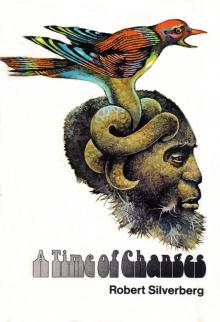 A Time of Changes
A Time of Changes This Way to the End Times: Classic Tales of the Apocalypse
This Way to the End Times: Classic Tales of the Apocalypse Beyond the Gate of Worlds
Beyond the Gate of Worlds Lord Valentine's Castle
Lord Valentine's Castle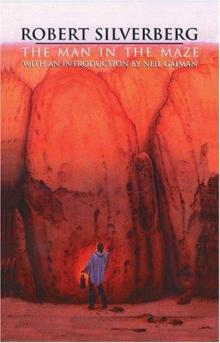 The Man in the Maze
The Man in the Maze Tales of Majipoor
Tales of Majipoor Time of the Great Freeze
Time of the Great Freeze The Collected Stories of Robert Silverberg, Volume 3: Something Wild Is Loose: 1969-72
The Collected Stories of Robert Silverberg, Volume 3: Something Wild Is Loose: 1969-72 Planet of Death
Planet of Death Trips: The Collected Stories of Robert Silverberg, Volume Four
Trips: The Collected Stories of Robert Silverberg, Volume Four In the Beginning: Tales From the Pulp Era
In the Beginning: Tales From the Pulp Era Hot Sky at Midnight
Hot Sky at Midnight Valentine Pontifex
Valentine Pontifex Up the Line
Up the Line Thorns
Thorns Amanda and the Alien
Amanda and the Alien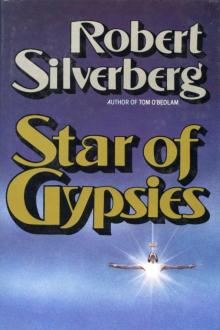 Star of Gypsies
Star of Gypsies Nightwings
Nightwings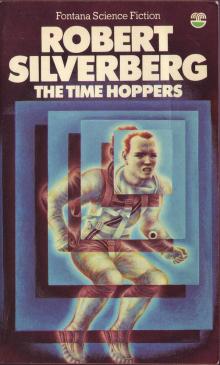 The Time Hoppers
The Time Hoppers Blood on the Mink
Blood on the Mink Dying Inside
Dying Inside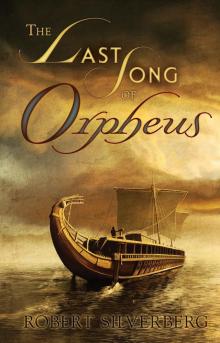 The Last Song of Orpheus
The Last Song of Orpheus The King of Dreams
The King of Dreams The Stochastic Man
The Stochastic Man The Collected Stories of Robert Silverberg, Volume Seven: We Are for the Dark
The Collected Stories of Robert Silverberg, Volume Seven: We Are for the Dark The Millennium Express: The Collected Stories of Robert Silverberg, Volume Nine
The Millennium Express: The Collected Stories of Robert Silverberg, Volume Nine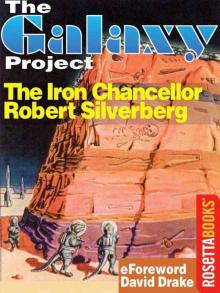 The Iron Chancellor
The Iron Chancellor Lord Prestimion
Lord Prestimion To Open the Sky
To Open the Sky The World Inside
The World Inside Chains of the Sea
Chains of the Sea The Collected Stories of Robert Silverberg, Volume Five: The Palace at Midnight
The Collected Stories of Robert Silverberg, Volume Five: The Palace at Midnight Postmark Ganymede
Postmark Ganymede The Second Trip
The Second Trip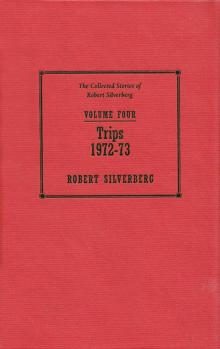 The Collected Stories of Robert Silverberg, Volume 4: Trips: 1972-73
The Collected Stories of Robert Silverberg, Volume 4: Trips: 1972-73 Son of Man
Son of Man Tom O'Bedlam
Tom O'Bedlam To the Land of the Living
To the Land of the Living To Be Continued: The Collected Stories of Robert Silverberg, Volume One
To Be Continued: The Collected Stories of Robert Silverberg, Volume One Shadrach in the Furnace
Shadrach in the Furnace The Chalice of Death: Three Novels of Mystery in Space
The Chalice of Death: Three Novels of Mystery in Space The Queen of Springtime
The Queen of Springtime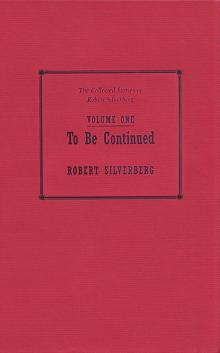 To Be Continued 1953-1958
To Be Continued 1953-1958 Legends
Legends Roma Eterna
Roma Eterna To Live Again
To Live Again At Winter's End
At Winter's End Needle in a Timestack
Needle in a Timestack To Live Again and the Second Trip: The Complete Novels
To Live Again and the Second Trip: The Complete Novels Lord of Darkness
Lord of Darkness The Mountains of Majipoor
The Mountains of Majipoor The World Outside
The World Outside The Alien Years
The Alien Years The Book of Skulls
The Book of Skulls The Face of the Waters
The Face of the Waters Gilgamesh the King
Gilgamesh the King The Collected Stories of Robert Silverberg, Volume 6: Multiples: 1983-87
The Collected Stories of Robert Silverberg, Volume 6: Multiples: 1983-87 The Happy Unfortunate
The Happy Unfortunate Three Survived
Three Survived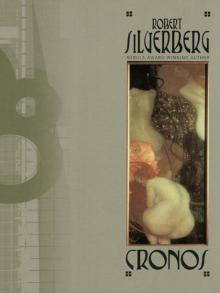 Cronos
Cronos Tower of Glass
Tower of Glass Legends II
Legends II The Planet Killers
The Planet Killers The Collected Stories of Robert Silverberg, Volume 2: To the Dark Star: 1962-69
The Collected Stories of Robert Silverberg, Volume 2: To the Dark Star: 1962-69 Downward to the Earth
Downward to the Earth Lord Valentine's Castle: Book One of the Majipoor Cycle
Lord Valentine's Castle: Book One of the Majipoor Cycle Hot Times in Magma City, 1990-95
Hot Times in Magma City, 1990-95 Hunt the Space-Witch! Seven Adventures in Time and Space
Hunt the Space-Witch! Seven Adventures in Time and Space Majipoor Chronicles
Majipoor Chronicles The Robert Silverberg Science Fiction Megapack(r)
The Robert Silverberg Science Fiction Megapack(r) Starman's Quest
Starman's Quest Car Sinister
Car Sinister Worlds of Maybe
Worlds of Maybe Fantasy The Best of 2001
Fantasy The Best of 2001 Revolt on Alpha C
Revolt on Alpha C Homefaring
Homefaring The Pardoner's Tale
The Pardoner's Tale Sailing to Byzantium - Six Novellas
Sailing to Byzantium - Six Novellas The Chalice of Death
The Chalice of Death Sundance
Sundance A Tip on a Turtle
A Tip on a Turtle Nebula Awards Showcase 2001: The Year's Best SF and Fantasy Chosen by the Science Fiction and Fantasy Writers of America
Nebula Awards Showcase 2001: The Year's Best SF and Fantasy Chosen by the Science Fiction and Fantasy Writers of America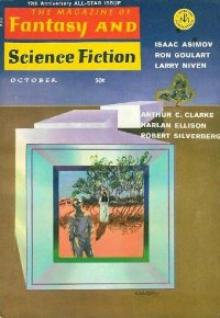 The Fangs of the Trees
The Fangs of the Trees The Palace at Midnight: The Collected Work of Robert Silverberg, Volume Five
The Palace at Midnight: The Collected Work of Robert Silverberg, Volume Five The Millennium Express - 1995-2009 - The Collected Stories of Robert Silverberg Volume Nine
The Millennium Express - 1995-2009 - The Collected Stories of Robert Silverberg Volume Nine Book of Skulls
Book of Skulls Passengers
Passengers Something Wild is Loose - 1969–72 - The Collected Stories of Robert Silverberg Volume Three
Something Wild is Loose - 1969–72 - The Collected Stories of Robert Silverberg Volume Three Multiples
Multiples Starborne
Starborne The Masks of Time
The Masks of Time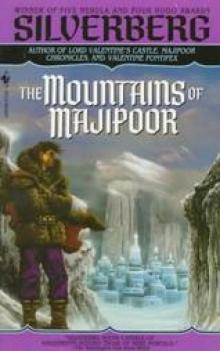 The Mountains of Majipoor m-8
The Mountains of Majipoor m-8 Multiples (1983-87)
Multiples (1983-87) Those Who Watch
Those Who Watch In the Beginning
In the Beginning Earth Is The Strangest Planet
Earth Is The Strangest Planet Collision Course
Collision Course Neutral Planet
Neutral Planet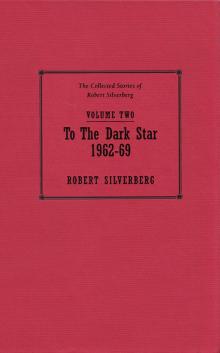 To the Dark Star - 1962–69 - The Collected Stories of Robert Silverberg Volume Two
To the Dark Star - 1962–69 - The Collected Stories of Robert Silverberg Volume Two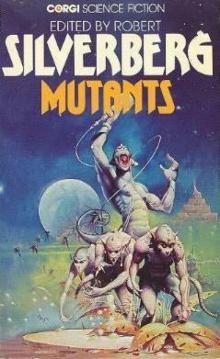 Mutants
Mutants Sailing to Byzantium
Sailing to Byzantium When We Went to See the End of the World
When We Went to See the End of the World Robert Silverberg The Science Fiction Hall Of Fame Volume One, 1929-1964
Robert Silverberg The Science Fiction Hall Of Fame Volume One, 1929-1964 To Be Continued - 1953–58 - The Collected Stories of Robert Silverberg Volume One
To Be Continued - 1953–58 - The Collected Stories of Robert Silverberg Volume One Valentine Pontifex m-3
Valentine Pontifex m-3 Gianni
Gianni Majipoor Chronicles m-2
Majipoor Chronicles m-2 We Are for the Dark (1987-90)
We Are for the Dark (1987-90) Waiting for the Earthquake
Waiting for the Earthquake Fantasy: The Best of 2001
Fantasy: The Best of 2001 How It Was When the Past Went Away
How It Was When the Past Went Away Beauty in the Night
Beauty in the Night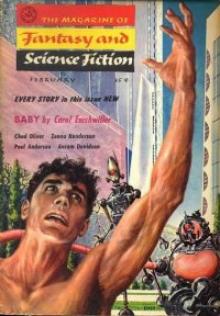 The Man Who Never Forgot
The Man Who Never Forgot The Book of Changes m-9
The Book of Changes m-9 Lord Valentine's Castle m-1
Lord Valentine's Castle m-1 This Way to the End Times
This Way to the End Times Queen of Springtime
Queen of Springtime Legends-Volume 3 Stories by the Masters of Modern Fantasy
Legends-Volume 3 Stories by the Masters of Modern Fantasy The Palace at Midnight - 1980–82 - The Collected Stories of Robert Silverberg Volume Five
The Palace at Midnight - 1980–82 - The Collected Stories of Robert Silverberg Volume Five Something Wild is Loose: The Collected Stories of Robert Silverberg, Volume Three
Something Wild is Loose: The Collected Stories of Robert Silverberg, Volume Three Multiples - 1983–87 - The Collected Stories of Robert Silverberg Volume Six
Multiples - 1983–87 - The Collected Stories of Robert Silverberg Volume Six Alaree
Alaree Three Survived: A Science Fiction Novel
Three Survived: A Science Fiction Novel Defenders of the Frontier
Defenders of the Frontier The New Springtime
The New Springtime We Are for the Dark - 1987–90 - The Collected Stories of Robert Silverberg Volume Seven
We Are for the Dark - 1987–90 - The Collected Stories of Robert Silverberg Volume Seven The Science Fiction Hall of Fame, Volume One 1929-1964--The Greatest Science Fiction Stories of All Time Chosen by the Members of the Science Fiction Writers of America
The Science Fiction Hall of Fame, Volume One 1929-1964--The Greatest Science Fiction Stories of All Time Chosen by the Members of the Science Fiction Writers of America Master Of Life And Death
Master Of Life And Death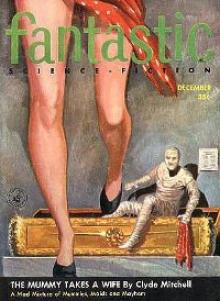 Choke Chain
Choke Chain Sorcerers of Majipoor m-4
Sorcerers of Majipoor m-4 Absolutely Inflexible
Absolutely Inflexible Trips - 1962–73 - The Collected Stories of Robert Silverberg Volume Four
Trips - 1962–73 - The Collected Stories of Robert Silverberg Volume Four Hot Times in Magma City - 1990-95 - The Collected Stories of Robert Silverberg Volume Eight
Hot Times in Magma City - 1990-95 - The Collected Stories of Robert Silverberg Volume Eight Far Horizons
Far Horizons The Queen of Springtime ns-2
The Queen of Springtime ns-2 The Seventh Science Fiction Megapack
The Seventh Science Fiction Megapack Invaders From Earth
Invaders From Earth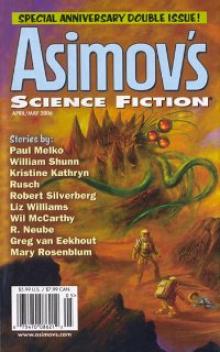 Hanosz Prime Goes To Old Earth
Hanosz Prime Goes To Old Earth The Macauley Circuit
The Macauley Circuit Science Fiction: The Best of 2001
Science Fiction: The Best of 2001 To the Dark Star: The Collected Stories of Robert Silverberg, Volume Two
To the Dark Star: The Collected Stories of Robert Silverberg, Volume Two Stochastic Man
Stochastic Man Legends: Stories By The Masters of Modern Fantasy
Legends: Stories By The Masters of Modern Fantasy To Live Again And The Second Trip
To Live Again And The Second Trip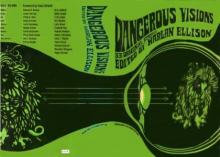 Flies
Flies The Silent Invaders
The Silent Invaders Ship-Sister, Star-Sister
Ship-Sister, Star-Sister